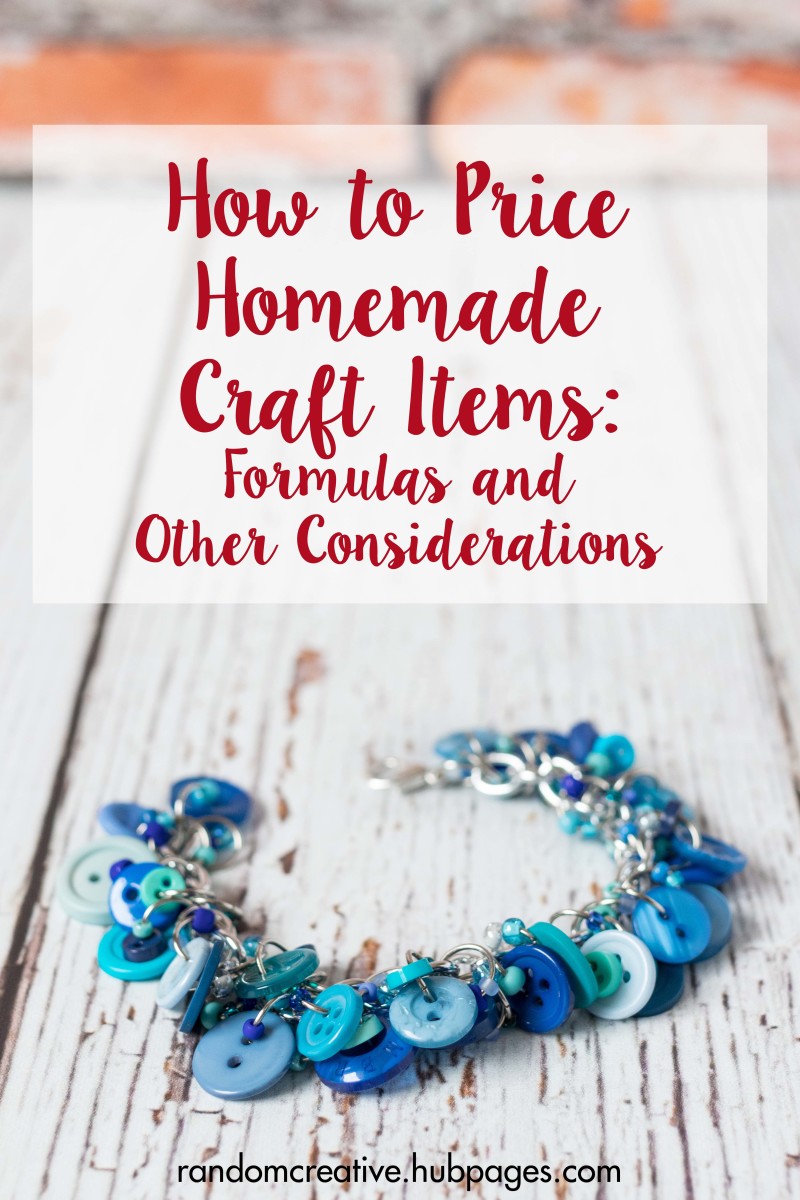ART: A Beginner's Guide To Pricing Art

ART: PRICING
A BEGINNER’S GUIDE TO PRICING ART
There are several reasons why an artist will make the decision to sell their work. For some artists, it is almost accidental that they are discovered doing what they love by someone who is willing to pay for it. Often these scenarios lead to a decision to go public, but not all artists sell their works so easily. There are artists who study and practice and build up an inventory of works with the full intention of selling those works for income. For these artists who depend upon sales as a means of income, and possibly survival, pricing art is imperative. Then there are the artists who slowly venture into the arena, one piece at a time, testing the proverbial waters and gauging whether or not their works will compete well in the art world. Regardless of the beginnings or the motivations, pricing art is a task which has confounded the best of artists.
We are among artists here, so we can be frank. Yes, we agree artists are gifted and our works are unique and individualized. Whether we do painting, portraiture, murals, sculpting, woodworking, pottery, or any other art form, we know and understand that we are a community within a community. For example, I sell photography, but I know that while my photography is unique to me, there is an entire world of commercial photography genres. These genres, sub-genres, subject-specific groups (fashion, landscape, etc…) and other niches force me to ask “where do I fit in?” Even if I narrow my offerings down to a specific subject, what then? The first step for an artist to take is for that artist to become aware of the art community around them – and by that I mean the global community.
Step one involves research. Remember, you are new to pricing, so you need to invest some time and grey matter in seeing what other paintings/ photographs/ sculptures are fetching. Visit galleries – wherever you go. Visit local galleries and visit galleries when you travel. It takes very little time to pop into a gallery and have a look around. Since gallery hopping is an excellent practice for artists on many levels, learning about the price of gallery art is crucial. The more art you see, the more you will know when it comes to pricing your work! Galleries will (most commonly) charge commission for an artists work; galleries price according to area and market and so much more. As a rule, I review the gallery’s works and note the least expensive piece as well as the most expensive piece. Find a piece of art similar to yours as far as medium and size are concerned. What is the price? Can you envision your work selling for that price?
Another exercise in researching the art community involves online galleries and commission work. If you paint murals, Google mural artists and see their price lists. Do they price by the square foot? Do they price by the hour? Do they price each mural individually depending on detail and circumstances? Once an artist decides HOW they will determine price, that artist must be consistent! You cannot charge one customer by the square foot and the next customer by the hour. Go online and look at galleries; pretend you are interested in purchasing work similar to yours. What are the prices like?
Once your research in galleries has been done, you must consider a venue. We have assumed up to this point that you desire to sell your works in a gallery. Does your area even have a gallery? Do you have any venue where you can sell your art? These venues can include art shows, flea markets (yes! You’d be surprised!), coffee houses, gift shops, galleries, framing shops, online galleries and many more. Research your options and choose a venue. The selection of venue has everything to do with a factored price. For example, if you wish to sell and oil painting in an upscale gallery located in downtown metropolis, then the price would fit accordingly whereas a local framing shop would balk at such a price. Consider the competition and the venue. Wherever you sell, do NOT be the cheapest piece of art in the venue! Be competitive. You can always come down on a price, but should never go up.
With research under your belt, we move on to technique. Remember, consistency is key. Play around with pricing. For example, take the technical, business approach to your painting. If I bought and used $30 worth of supplies and it took me 12 hours to finish the painting, I have an overhead of $30 plus 12 hours labor. What is my labor worth? Let us say I imagine I am worth $20 an hour. That makes my painting worth $30+$140= $170. That is a good, technical price for my painting. I consider that price to be my overhead, so now I want to think about a profit margin. DO NOT attach sentimentality to this aspect of your pricing! This is where your research assists you. Add a profit which places your work in a fair, competitive market. This is one example of how to practice pricing your work.
Another example of pricing involves the size of your work. Paintings and sculptures can be priced by size, whether by inches or by square feet. A sculpture can be priced according to size and weight, although most are priced according to the hours involved. A portrait artist often prices a painting by the number of faces/ subjects in the painting. If you sell a piece in a gallery which charges you commission, consider doubling your price. This prevents you from taking a loss at sale time. A clever pricing tool used by some artists involves charitable auctions. Many charities have annual auctions used to raise money for their benefit. An artist can donate a work of art and then attend the auction. This is a great pricing exercise because you, the artist, can witness the public’s reaction to your work and learn how much people are willing to pay for said work. While this method is not definitive, it is very informative. (As a guest in attendance, you are incognito and can overhear what others have to say about your work!)
Many successful artists I know have what I call the “Bread and Butter Approach”; in other words, they have something priced for everyone. Yes, they market the high end paintings, but then they also have smaller works with the beginner collector in mind. It is a shame when a series of exorbitant price tags keep a potential collector at bay. Beginners have money to spend on their collections, just not as much. If you, the artist, have something for everyone, you will see repeat customers coming back to you for bigger and better things. Artists develop fans, much like any other realm of the creative arts. Never take your clients and your fans for granted. Art snobs are yesterday. Hands-on artisans are the favorite among collectors.
We must address the sentimentality factor. Most artists inhabit the artist’s soul – which is a place where their work is both personal and meaningful. Artists derive their works form inspiration, and thus their work is ethereal and unique. I know artists who will include their most personal painting in an exhibit, but overprice that painting as a means to deter an actual sale. Too many times people see that painting and see the price, then decide it must be the best painting the artist has to offer. Like reverse psychology, clients suddenly have no qualms about paying the outrageous price! This is when the artist is torn between parting with their personal work or revealing the ruse. Overpricing work is not a guaranteed way to prevent the sale of that work. Clients see the price and think to themselves, “this must be the best; the price indicates value.” In opposition, marking a personal painting with a ridiculously low price is not always insulting to the potential buyer. Bargain hunters prey on these tactics and you can count on losing your work to a sale. If you, the artist, are sentimental and you are attached to a particular piece, either leave it at home or simply place a “SOLD” sign on it. Guerrilla pricing is a bad habit.
While there are many common sense practices for pricing art, there is not any concrete and definitive formula when it comes to perfecting this skill. Consider your cost, your market, your competition and your gut when you price your work. Know that mistakes will be made, but that growth and learning will come form those mistakes. I have under priced my art for years. This comes from a habit of assuming my work is not worth a better value, and by my taking my own talents for granted. Do not underestimate yourself. Do not take your work for granted. Do not talk yourself out of bolstering your portfolio into a successful business. Talk to other artists and agents. When it comes to pricing your art, always know that you are worth something. Make that something count.








